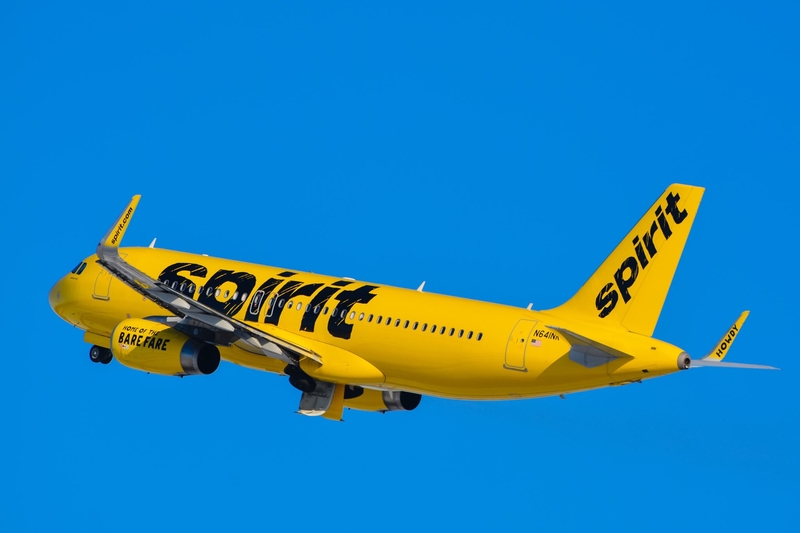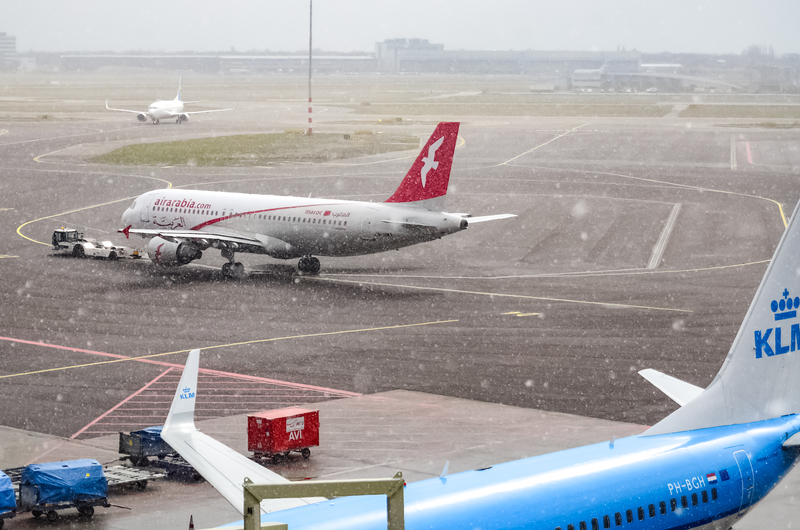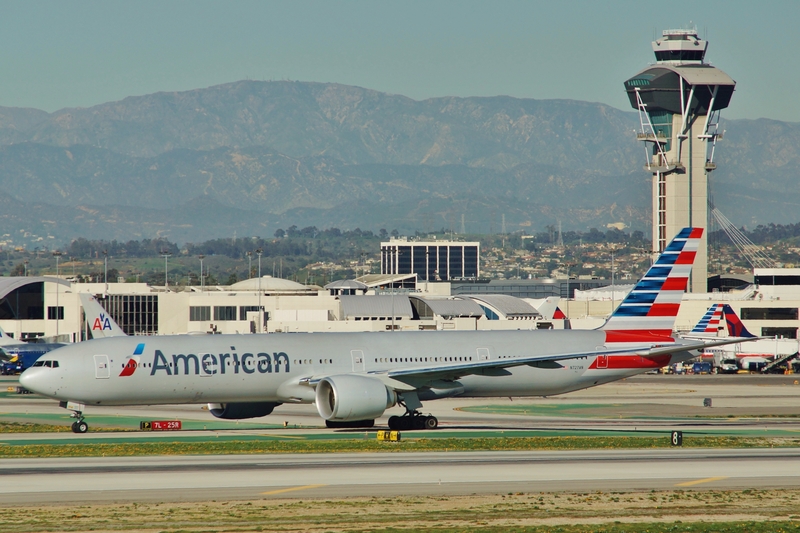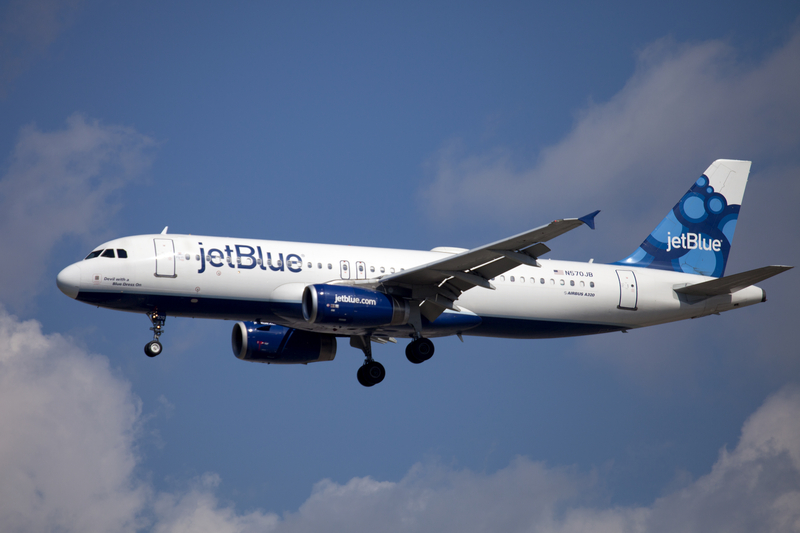Spirit’s Second Chapter 11 in 12 Months: What Changes This Time – and What It Means for You

ID 65248876 © Bradley Gross | Dreamstime.com
Spirit Airlines has filed for Chapter 11 bankruptcy protection again—its second filing since November 2024. The carrier emerged from its first court process in March 2025 after mainly reshuffling debt and raising equity. What didn’t change then—large operating losses—has forced Spirit back to court to pursue a deeper, operational restructuring.
Spirit’s message to customers
Spirit says it will continue flying and selling tickets, honoring credits, vouchers, and points, and operating its schedule while it restructures. The stated goal this time is a “financial and operational transformation,” not just a balance-sheet tune-up.
Why the last restructuring wasn’t enough
The first Chapter 11 focused almost entirely on funded debt and fresh equity. Meanwhile, core economics remained deeply negative. Spirit had even projected a 2025 profit during its prior case, but instead reported a ~$246 million loss in Q2 2025 alone. With unit revenues under pressure, higher labor and maintenance costs, and less pricing power against legacy basic-economy fares, the old plan couldn’t hold.
What to expect in this Chapter 11
Spirit signals it will use the court process to attack costs and right-size the airline. That typically means:
-
Fleet and leases: Early returns of older or expensive aircraft, renegotiated lease rates, deferrals on future deliveries, and a tighter spare-parts strategy to reduce maintenance cash burn.
-
Network pruning: Exiting chronically unprofitable routes and thinning frequencies in shoulder periods; concentrating flying in the strongest city pairs and day-of-week patterns.
-
Labor and vendors: Attempting to realign labor costs via new contracts or temporary relief, and resetting rates with airports, MROs, caterers, and other vendors.
-
Product & pricing: Continuing the premium pivot (e.g., “Spirit First,” “Premium Economy”) where it clearly lifts yields—and eliminating bundles or fare types that don’t.
-
Cash discipline: Stricter promotion cadence, tighter refund policy enforcement within DOT rules, and reduced nonessential capex.
What this means if you’re booked on Spirit
-
Your ticket remains valid. Spirit says it will operate normally. Bring contingency plans (same-day alternatives, intercity rail or bus) on tight connections or must-arrive trips, just in case of schedule changes.
-
Credits and points work as usual. Use them sooner rather than later to reduce exposure to any future schedule shifts.
-
Travel insurance can help. Policies that cover carrier financial default or trip interruption may be prudent for complex itineraries.
-
Pack light, price compare. If Spirit trims capacity on your route, fares elsewhere may move—re-check competitors (especially Frontier and legacies’ basic economy) before you rebook.
Industry implications: who benefits, who doesn’t
-
Frontier: Most likely acquirer in any combination scenario and near-term share gainer if Spirit trims markets.
-
JetBlue: Gains breathing room in Northeast leisure flows and Florida if Spirit reduces overlap.
-
Legacies (American, Delta, United): Less ULCC pressure can support off-peak pricing, but they’ll still deploy basic economy aggressively where needed.
-
Other ULCCs and new entrants: Route opportunities appear—but ULCC economics without scale are challenging in today’s market.
Possible endgames
-
Standalone but smaller: Spirit exits Chapter 11 with a leaner fleet, a narrower network, lower unit costs, and a more focused product.
-
Sale or merger: A Frontier deal (full or partial) is the only realistic acquisition path; otherwise, asset sales (aircraft, slots, gates, customer lists) are possible.
-
Orderly wind-down (least likely short-term): If financing or labor relief doesn’t come together, liquidation becomes a risk—but this is not what Spirit is signaling now.
The human side
Restructurings are hardest on employees. Expect base consolidations, station downsizing, and potential pay/benefit resets. Spirit’s frontline teams consistently deliver solid day-of-operation performance under pressure; uncertainty will be the constant as the plan develops.
Bottom line
Spirit’s second bankruptcy filing acknowledges what the first didn’t fix: fundamental operating losses. This time, expect real network cuts, lease renegotiations, and cost resets alongside a continued push toward higher-yield products where they work. Spirit says it will keep flying through the process, but travelers should plan with a touch more redundancy. Long term, a smaller, more focused Spirit—or a Frontier combination—looks far more plausible than a return to the pre-2020, growth-at-all-costs model.





